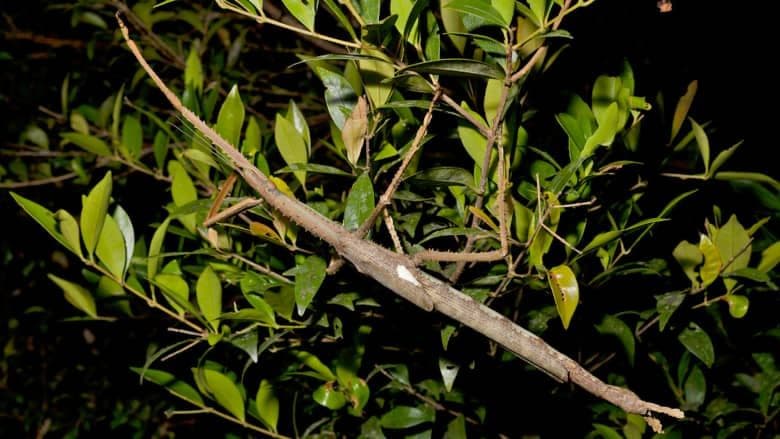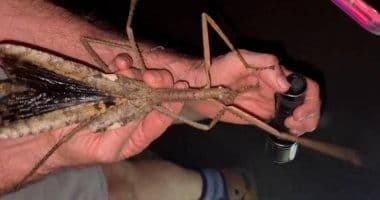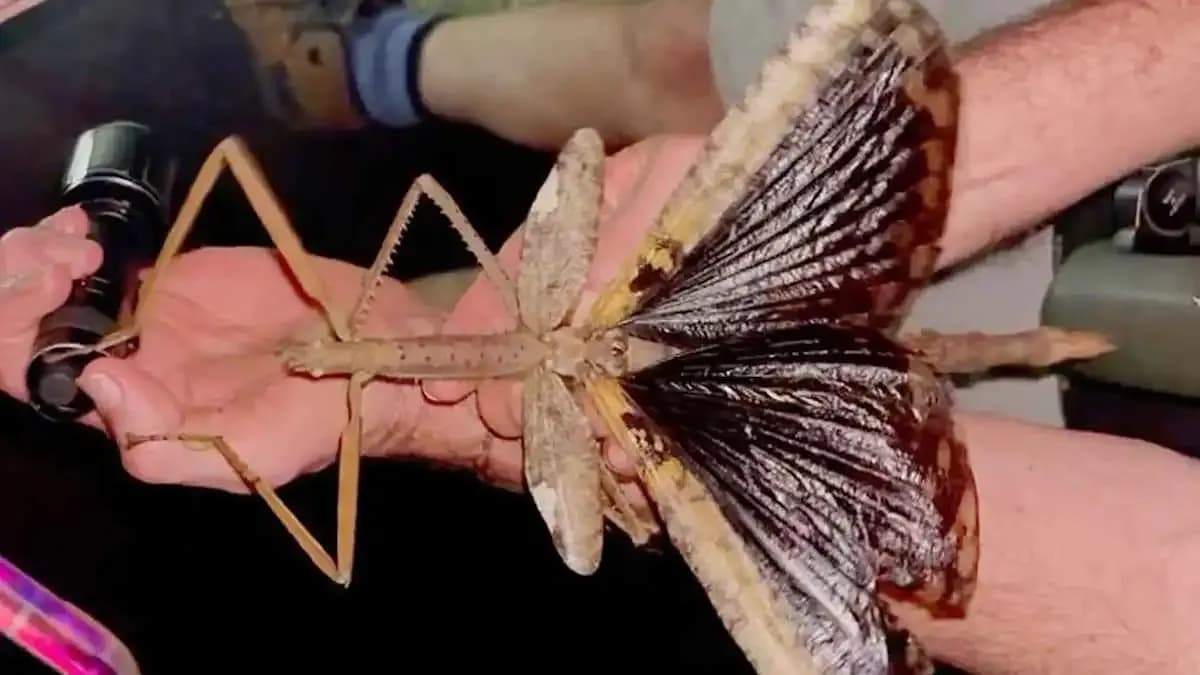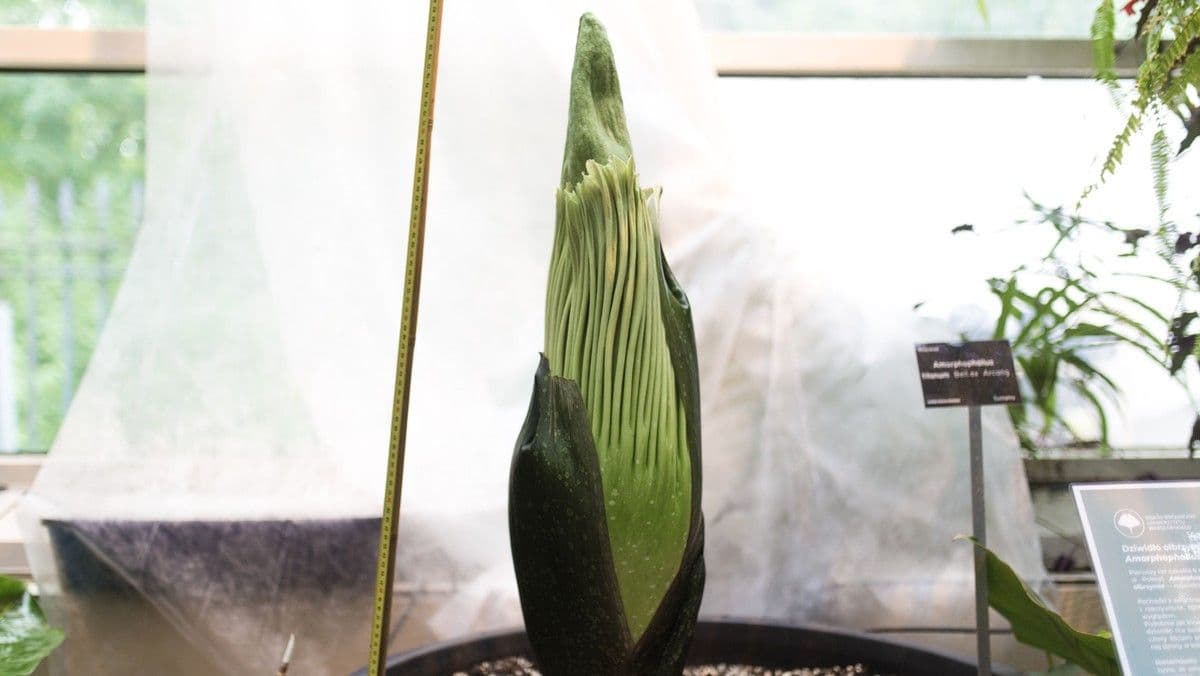Guardians of the Canopy: Unveiling Australia's Rainforest Leviathan
Discover Australia's newly found rainforest leviathan, Acrophylla alta. This giant stick insect unveils hidden biodiversity and highlights the urgent need for global conservation.
The Whispers from the Canopy: A Serendipitous Discovery
Deep within the emerald heart of Queensland's rainforests, a remarkable secret lay hidden, waiting for the right moment to reveal itself. This extraordinary tale began not with a grand expedition, but with a seemingly simple photograph shared on social media. When that image landed in the inbox of researcher , an immediate suspicion sparked: could this be an entirely undescribed species? The possibility was tantalizing. This initial hunch set in motion a dedicated quest, with Professor of joining the pursuit. After several nights of meticulous searching, navigating the dense foliage and challenging terrain between and , their efforts were finally rewarded. There, amidst the high canopy, they encountered a colossal female, a stick insect of truly astonishing proportions. This magnificent creature, later formally named Acrophylla alta and detailed in the scientific journal Zootaxa, was found at considerable altitudes in the . Her discovery was not just a scientific triumph; it was a vivid reminder that even in our seemingly well-charted world, nature still holds breathtaking surprises.

Anatomy of a Rainforest Giant: The Magnificent Acrophylla Alta
The Acrophylla alta is a true leviathan among insects, boasting dimensions that immediately command attention. This newly identified giant measures an impressive 40 centimeters in length and weighs over 42 grams, a mass comparable to that of a golf ball, firmly positioning it as potentially the heaviest insect ever recorded in . Its sheer size is not merely a curious anomaly; researchers hypothesize it might be a fascinating adaptation to its unique habitat. Living high within the cool, humid rainforest canopy, Acrophylla alta may require a larger body mass to withstand the harsh climatic conditions and temperature fluctuations found at such elevations. This arboreal existence also explains why it remained elusive for so long, camouflaged perfectly within the verdant tapestry of the forest roof. The researchers, in their meticulous study, also collected samples of the insect's eggs. As Professor noted, stick insect eggs possess distinct characteristics unique to each species, providing invaluable clues for accurate classification and offering further insights into the life cycle and evolutionary history of this newly discovered marvel. The quest for a male specimen continues, though they are typically smaller and less conspicuous.
Unlocking Australia's Hidden World: Biodiversity and the Undescribed
The unveiling of Acrophylla alta is far more than just the discovery of another large insect; it's a powerful spotlight illuminating the vast, largely unknown biodiversity that thrives within [Australia]'s ancient ecosystems. This continent, celebrated for its unique wildlife, still guards countless biological secrets. As , an entomologist from the , starkly points out, an astonishing 70% of [Australia]'s insect species remain undescribed by science. Think about that for a moment – the majority of insect life in one of the world's most biodiverse regions is yet to be formally documented and understood. Discoveries like Acrophylla alta are crucial for filling these immense gaps in our knowledge. They serve as a vivid testament to the richness of these environments and the immense work still ahead for taxonomists and ecologists. Without thorough scientific documentation, we cannot truly grasp the full scope of life on Earth, nor can we effectively implement the conservation strategies needed to protect these precious, often unseen, inhabitants.
The Ongoing Quest for the Unseen: Conservation in a Mysterious Ecosystem
The discovery of Acrophylla alta underscores a critical imperative: our journey into the natural world is far from complete. If a creature of such impressive size can remain hidden for so long within a relatively accessible rainforest, what other wonders might still be waiting to be found? This is why continuous scientific exploration, particularly in complex and challenging environments like the rainforest canopy, is not just an academic pursuit but a vital component of global conservation efforts. Each new species described, each ecological relationship uncovered, adds another piece to the intricate puzzle of life. It provides the foundational knowledge necessary to understand these ecosystems and, crucially, to protect them. The , like many ancient forests worldwide, face ongoing threats from habitat loss and climate change. By documenting their hidden residents, scientists provide the evidence needed to advocate for their preservation. The story of Acrophylla alta reminds us that our planet's wild places are still vast repositories of mystery and life, urging us to continue our quest for the unseen and to safeguard these irreplaceable natural treasures for future generations.
Related Articles

The Whisper of the Wild: Unearthing Australia's Elusive Giant Insects

The Whisper of the Wild: Unearthing Australia's Elusive Giant Insects

Beyond the Visible: The Giant Stick Insect's Revelation from Australia's Untamed Canopy

Beyond the Visible: The Giant Stick Insect's Revelation from Australia's Untamed Canopy

Breaking the Mold: Australia's New Stick Insect King and the Puzzles of Gigantism

Breaking the Mold: Australia's New Stick Insect King and the Puzzles of Gigantism

Nature's Grand Paradox: Unearthing the Corpse Flower's Alluring Rottenness
